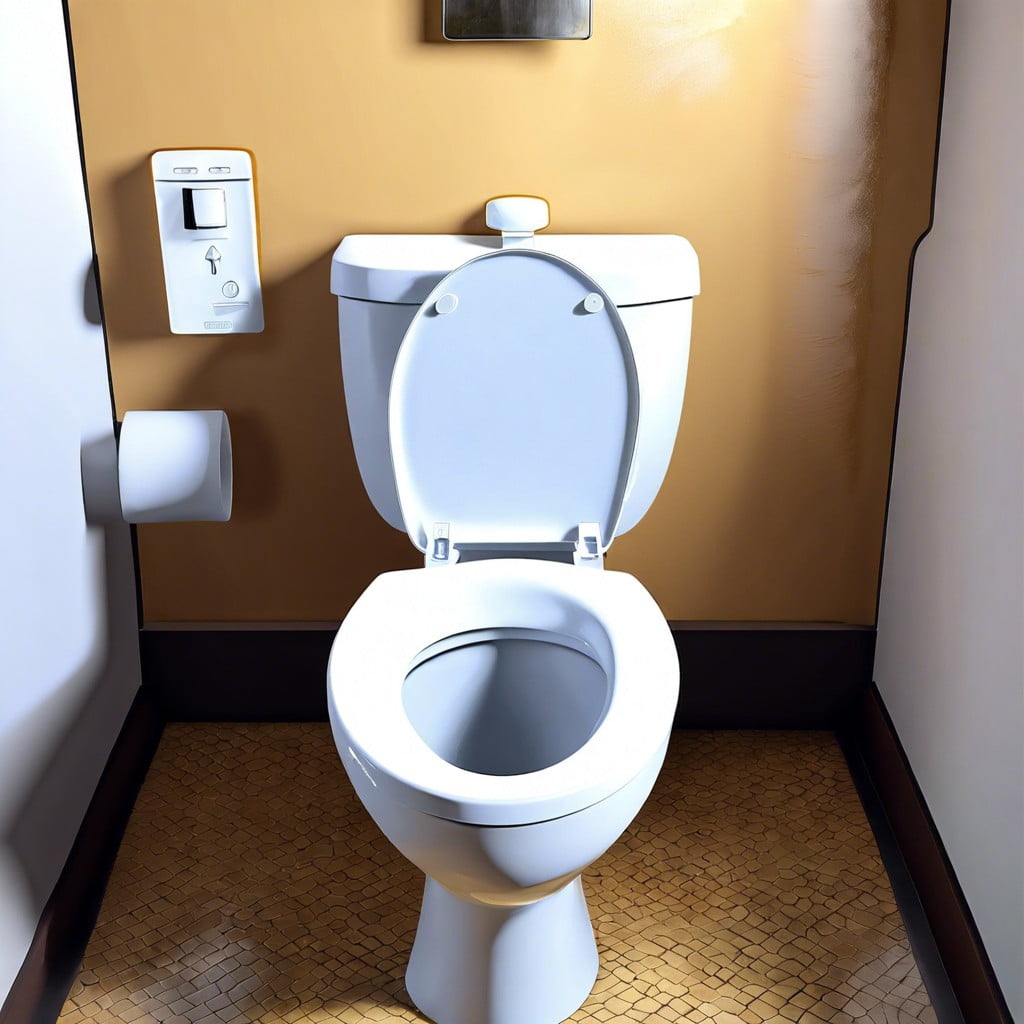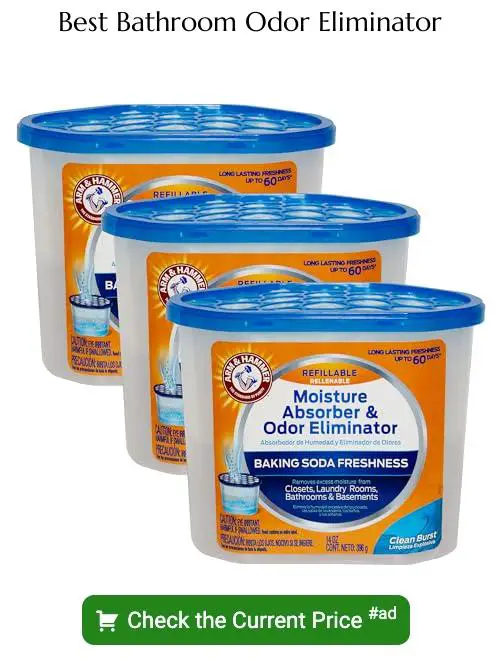Last updated on
Discover practical solutions for eliminating that persistent urine smell from your bathroom.
Key takeaways:
- Lack of flushing can lead to urine lingering and decay.
- Enzyme-based cleaners break down urine crystals for a lasting clean.
- Leaking seals can allow urine to seep under the toilet.
- Mould and bacteria thrive in moist environments, contributing to odor.
- Insufficient ventilation can lead to a persistent urine smell.
Lack of Flushing

Many bathrooms are haunted by persistent urine odors even after a thorough scrub. Surprisingly, the culprit can sometimes be as simple as not flushing enough. This isn’t about personal habits alone; it’s about understanding how urine can create a foul stench even with regular cleaning.
When a toilet isn’t flushed after each use, urine lingers and begins to decay right in the bowl or under the rim. This is a playground for bacteria. The more bacteria thrive, the more ammonia is produced, which contributes to that notorious urine smell.
Occasionally, the issue lies in water conservation efforts. Low-flow toilets are designed to save water, but sometimes they don’t use enough liquid to clear away all waste – urine included. This can leave traces behind which, over time, will contribute to a less-than-fresh smell.
It’s also worth noting that in shared or public bathrooms, routine flushing after each use may not be a practice upheld by all. This can exacerbate the problem as the unflushed urine from multiple uses compounds the odor.
To combat this issue, encouraging consistent flushing habits is key. For those conscious of water use, opting for a dual-flush toilet can offer a compromise, providing a low-volume flush for liquids and a full-volume flush for solids without sacrificing cleanliness for conservation.
Inefficient Toilet Cleaner
When tackling the foul scent of urine in the bathroom, one must consider the cleaner’s efficiency. Many conventional cleaners mask odors without eliminating the underlying cause. They may also fail to break down urine crystals, which are notorious for harboring long-lasting odors. To truly refresh your space, opt for enzyme-based products. These cleaners work by breaking down organic matter, stripping away the source of the smell rather than just concealing it. Furthermore, they are adept at penetrating grout and tight corners, often missed by regular cleaning agents, ensuring a deeper and more enduring clean. Regular use of these targeted cleaners can prevent the accumulation of odors and keep your bathroom smelling fresh.
Leaking Seal
A leaking seal is often the surreptitious culprit behind that persistent urine smell. It might be a reminder that washrooms are not maintenance-free zones. When the wax ring that seals your toilet to the floor deteriorates, it can allow urine and other waste materials to seep under the toilet. This not only creates a health hazard but also a lingering odor problem.
Consider the base of your toilet. If it’s loose or wobbly, there’s a high chance that the seal is compromised. The constant exposure to moisture can erode seals over time, requiring a simple but often overlooked replacement. Tightening the bolts might offer a temporary fix, but replacement of the wax ring is a more robust solution.
Moreover, a damaged seal could be a signaling flag for larger plumbing issues. Concealed leaks can cause structural damage, moisture problems in subflooring, and give rise to mold growth – all of which contribute to the unpleasant odor.
Don’t overlook the telltale signs of moisture around the base or feel compelled to douse the area with air freshener. Addressing a leaky seal promptly can save you from more extensive and expensive repairs down the line, and perhaps more importantly, reclaim the freshness of your bathroom space.
Mould or Bacteria
Mould and bacteria thrive in moist environments, making bathrooms a prime target. These unwanted guests can take up residence in grout lines, on shower curtains, and around toilets, contributing to an unpleasant urine-like stench. When left unaddressed, they can multiply and become more challenging to eliminate.
Regular cleaning can help prevent the growth of these organisms, but it’s not just about scrubbing surfaces. Ensuring that crevices and hard-to-reach areas around toilets and sinks are treated is crucial. Natural cleaners containing vinegar or baking soda can be effective at disrupting the habitat that mould and bacteria enjoy.
Proper ventilation plays a pivotal role as well. After showering or cleaning, encouraging airflow can help to dry out the room, creating a less hospitable environment for mould and bacteria. Consider using a bathroom fan during and after showers and periodically throughout the day if the air feels damp.
Last but not least, fix any leaks promptly. Dampness from a leaking toilet can seep into the floor and walls, fostering an environment for bacteria and mould to produce a urine smell even when the bathroom is clean. Regular inspection of the toilet’s surrounding areas for any signs of moisture or damage is a wise preventive measure.
Ventilation
A persistent urine smell may point towards insufficient ventilation, a problem not solely confined to the bathroom but often overlooked. Proper airflow is pivotal in whisking away odors and moisture, elements that contribute to a less than fresh-smelling bathroom. Continuous use of extractor fans or opening the windows, albeit conventional, are practical steps toward remedying this issue.
Moreover, consider the positioning and effectiveness of your current ventilation system. Is the fan capable of servicing the room volume, or does it merely recirculate the air? Upgrading to a more powerful unit might be necessary. In addition, vents could be blocked, reducing airflow; therefore, a routine check to ensure they’re unobstructed can significantly ameliorate the situation.
Regular maintenance, such as cleaning fan filters, can dramatically increase efficiency, preventing odor buildup. It’s not just about allowing fresh air in, but ensuring stale air exits. Considering these aspects, good ventilation not only battles odors but also fights against mold and mildew, culprits that can exacerbate bad smells.
Recap





